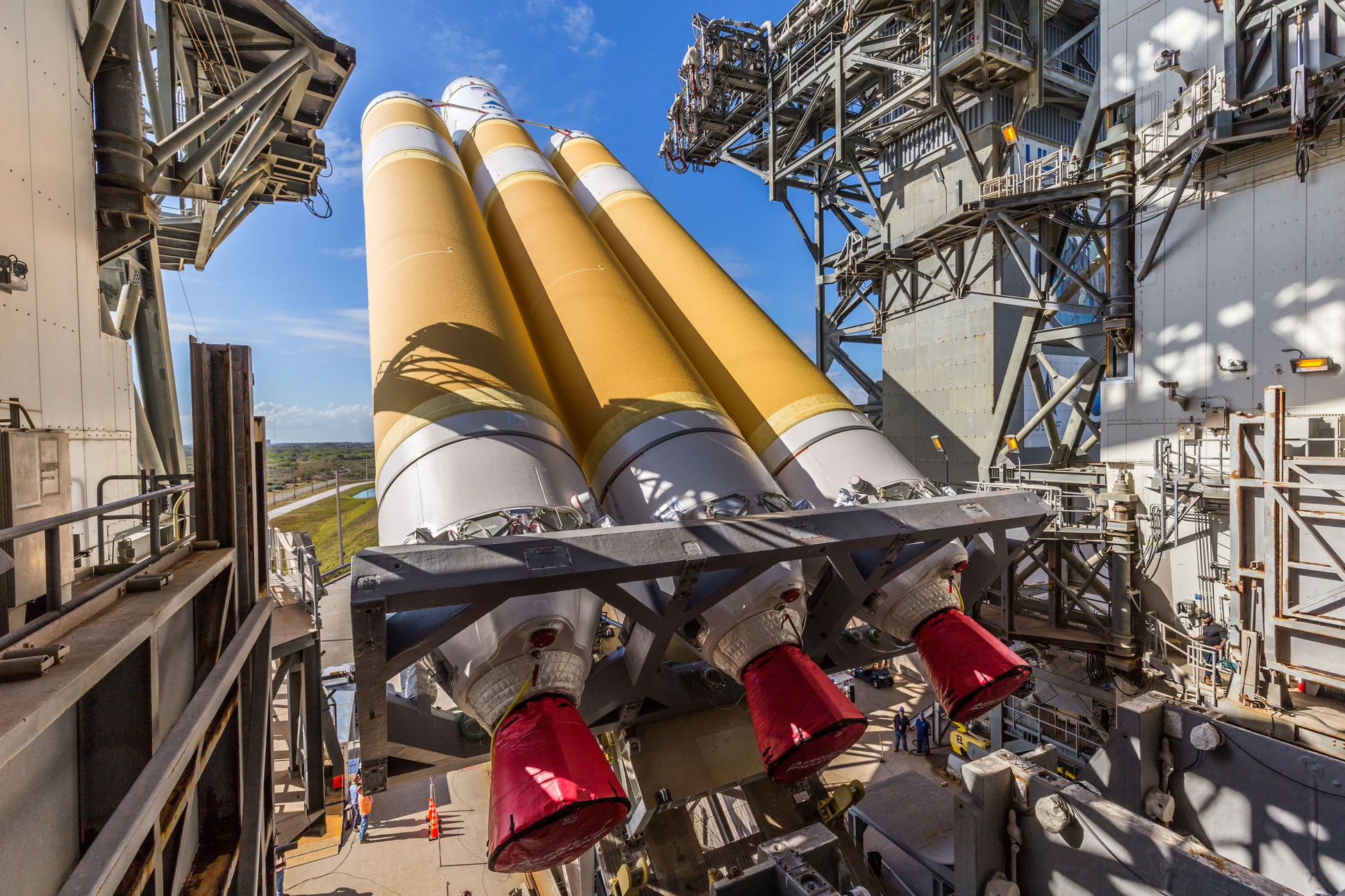
United Launch Alliance (ULA) has wrapped up the Launch Readiness Review (LRR) for its first mission of 2023. Leaders from ULA, the National Reconnaissance Office and the U.S. Space Force convened Monday for the LRR, which produced a unanimous “Go” to proceed with Wednesday’s targeted 3:29 a.m. EDT launch of the second-to-last Delta IV Heavy from Space Launch Complex (SLC)-37B at Cape Canaveral Space Force Station, Fla.
Led by ULA Launch Director Tom Heter III, the review took place in ULA’s Delta Operations Center and virtually via teleconferencing to assess the readiness of the triple-barreled rocket, its highly classified payload and other launch assets. At the conclusion of the LRR, leaders were polled and signed the Launch Readiness Certificate.
Weather conditions for Wednesday’s pre-dawn launch are currently predicted to hover around 75-percent favorable, improving to 80 percent for the backup opportunities on Thursday and Friday. “An unsettled weather pattern is likely to remain in place through much of the upcoming week, characterized by above-normal opportunities for showers and thunderstorms each day,” noted the 45th Weather Squadron at Patrick Space Force Base in a Monday morning update.
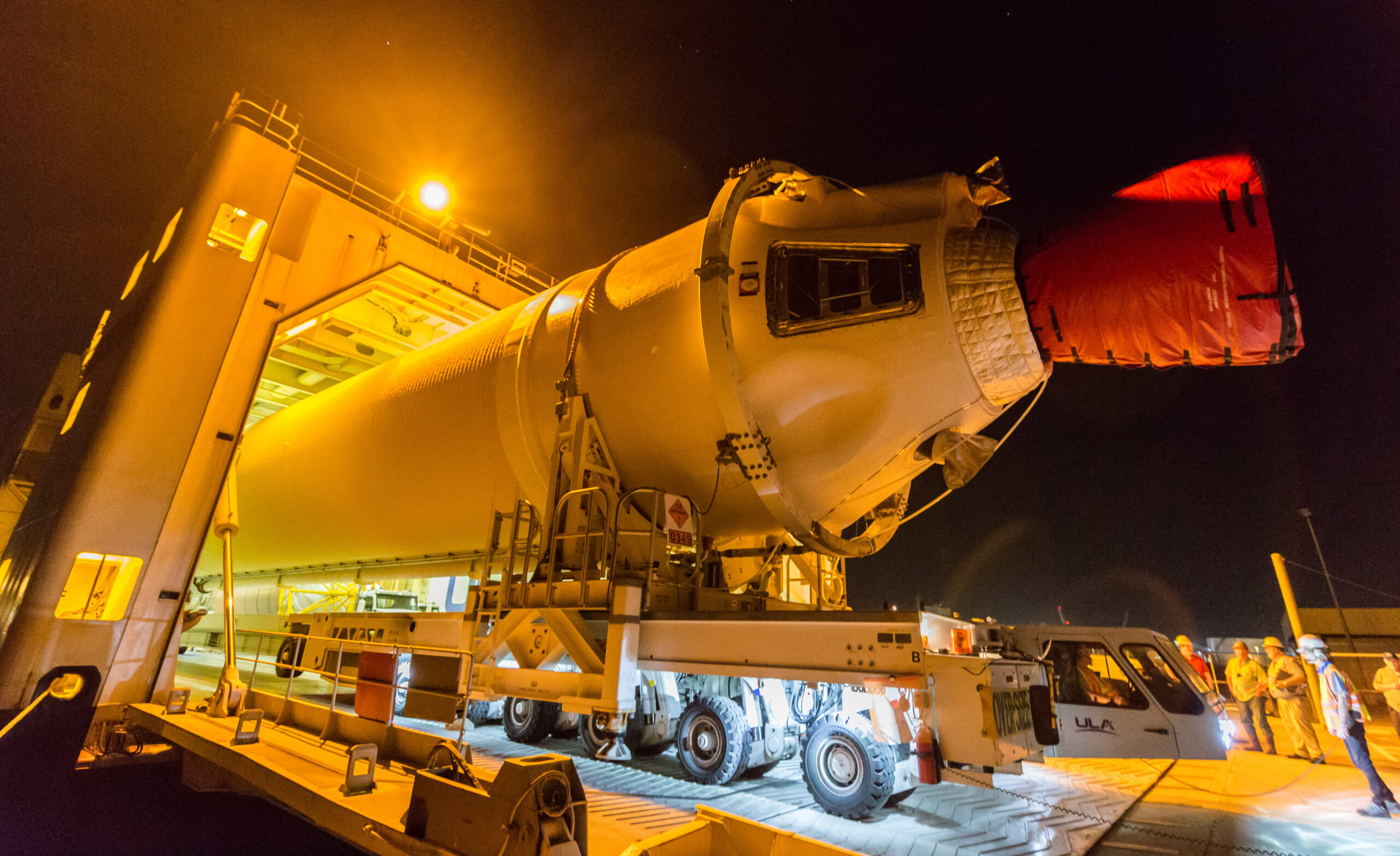
“While the highest threat for storms will target the afternoon and evening hours, there is a risk that earlier storms and associated clouds may persist into the overnight hours as a series of upper-level disturbances interact with a developing surface boundary across North Florida,” it was added. “A subtle shift in this boundary and the flow aloft appear to unfold during the latter portions of the week, leading to somewhat more favorable overnight launch weather. Additionally, overnight sustained winds are likely to remain elevated, although easing somewhat by late week.”
This will be the 15th outing of the 235-foot-tall (72-meter) Delta IV Heavy, which comprises a trio of Common Booster Cores (CBCs) and is lifted uphill under the 2.1 million pounds (950,000 kilograms) of thrust generated by its three RS-68A engines. The giant rocket will pass Mach 1 and pass the period of maximum aerodynamic turbulence—colloquially termed “Max Q”—about 80 seconds into Wednesday’s ascent, with the port and starboard CBCs expended and jettisoned a little under four minutes after liftoff.
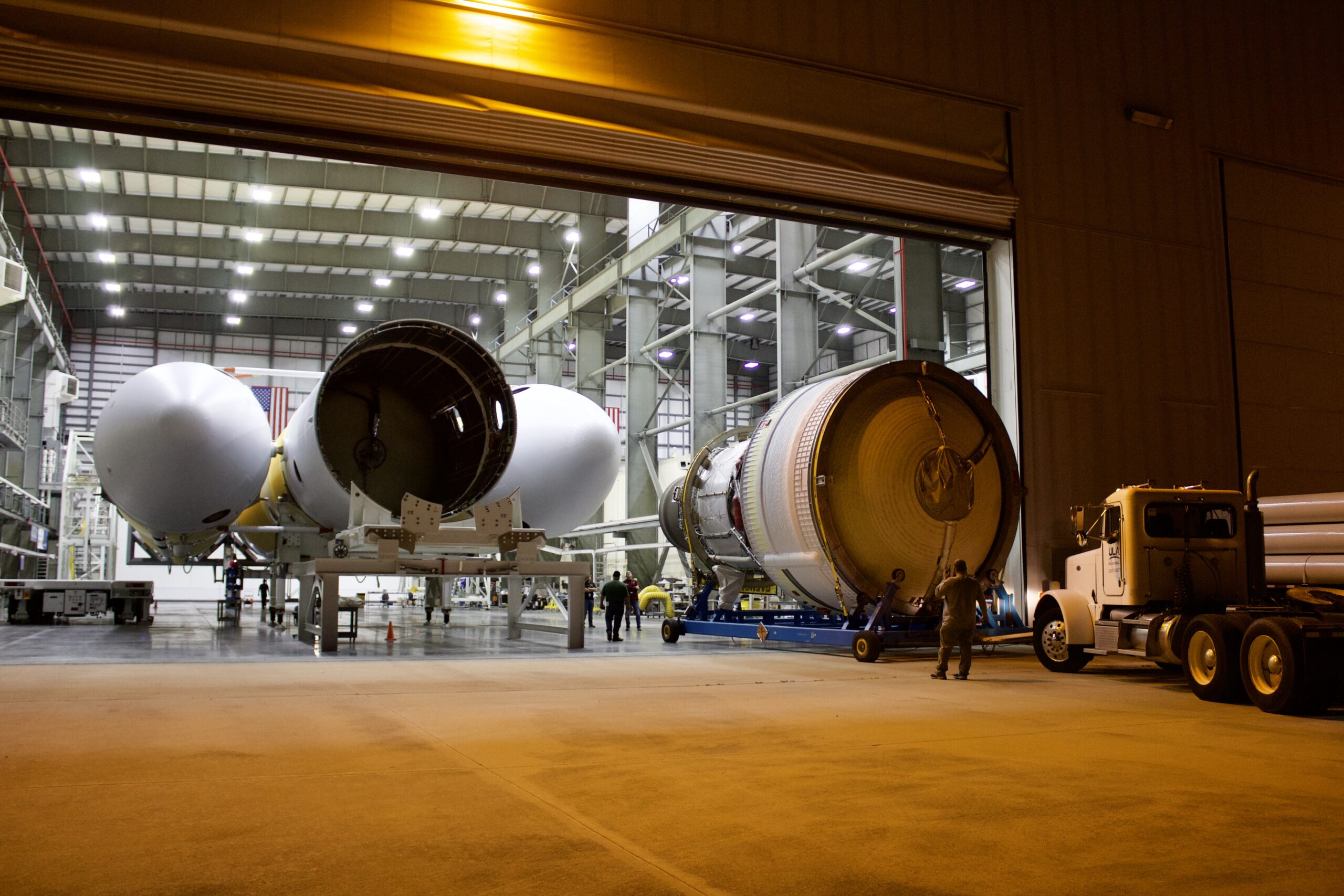
The center CBC will then pick up the baton, its single RS-68A engine powering onward until T+5 minutes and 36 seconds, when it will shut down and separate from the stack. The Delta Cryogenic Second Stage (DCSS) will then ignite its single RL-10C engine a little under six minutes into the flight, for an undisclosed duration, in order to deliver the mission’s primary payload into orbit.
That payload is NROL-68, which marks the tenth payload lofted by a Heavy for the National Reconnaissance Office. This mission was contracted to ULA by the Space and Missile Systems Center (SMC) at Los Angeles Air Force Base in September 2019 as part of a five-year, $1.18-billion modification of the existing Delta IV Heavy contract.
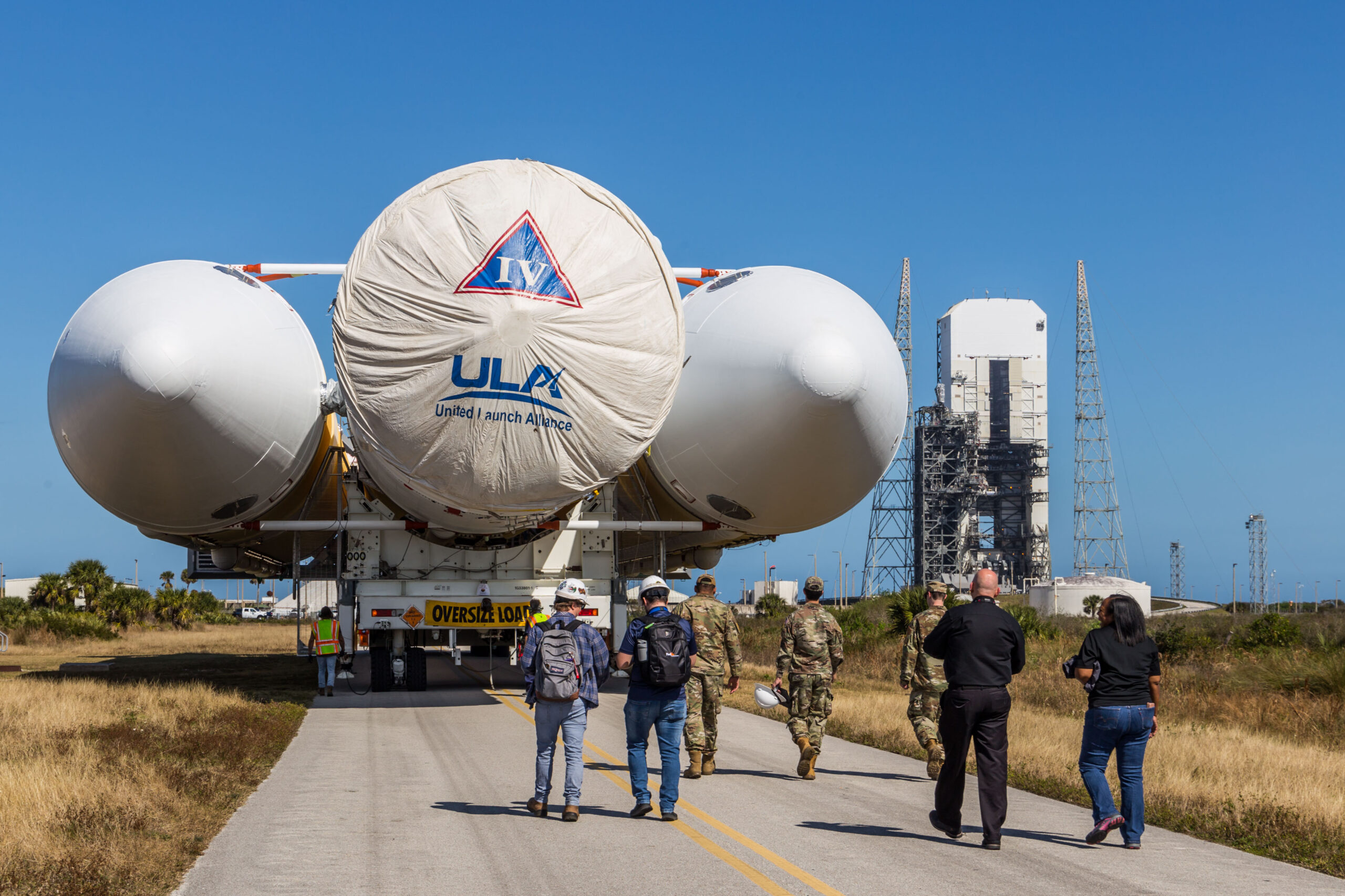
Under its terms, five highly secretive NRO missions would fly the final five manifested Delta IV Heavies. Three of those missions—NROL-44 in December 2020, NROL-82 in April 2021 and NROL-91 last September—have been satisfactorily completed.
NROL-44 is generally believed to be an Orion/Mentor Signals Intelligence (SIGINT), operating in Geostationary Earth Orbit (GEO), whilst the NROL-82 and NROL-91 payloads are possibly low-orbiting electro-optical surveillance satellites. The nature of the final two members of the group, Wednesday’s NROL-68 and the NROL-70 mission, scheduled to fly the last Delta IV Heavy from SLC-37B next year, are unknown.
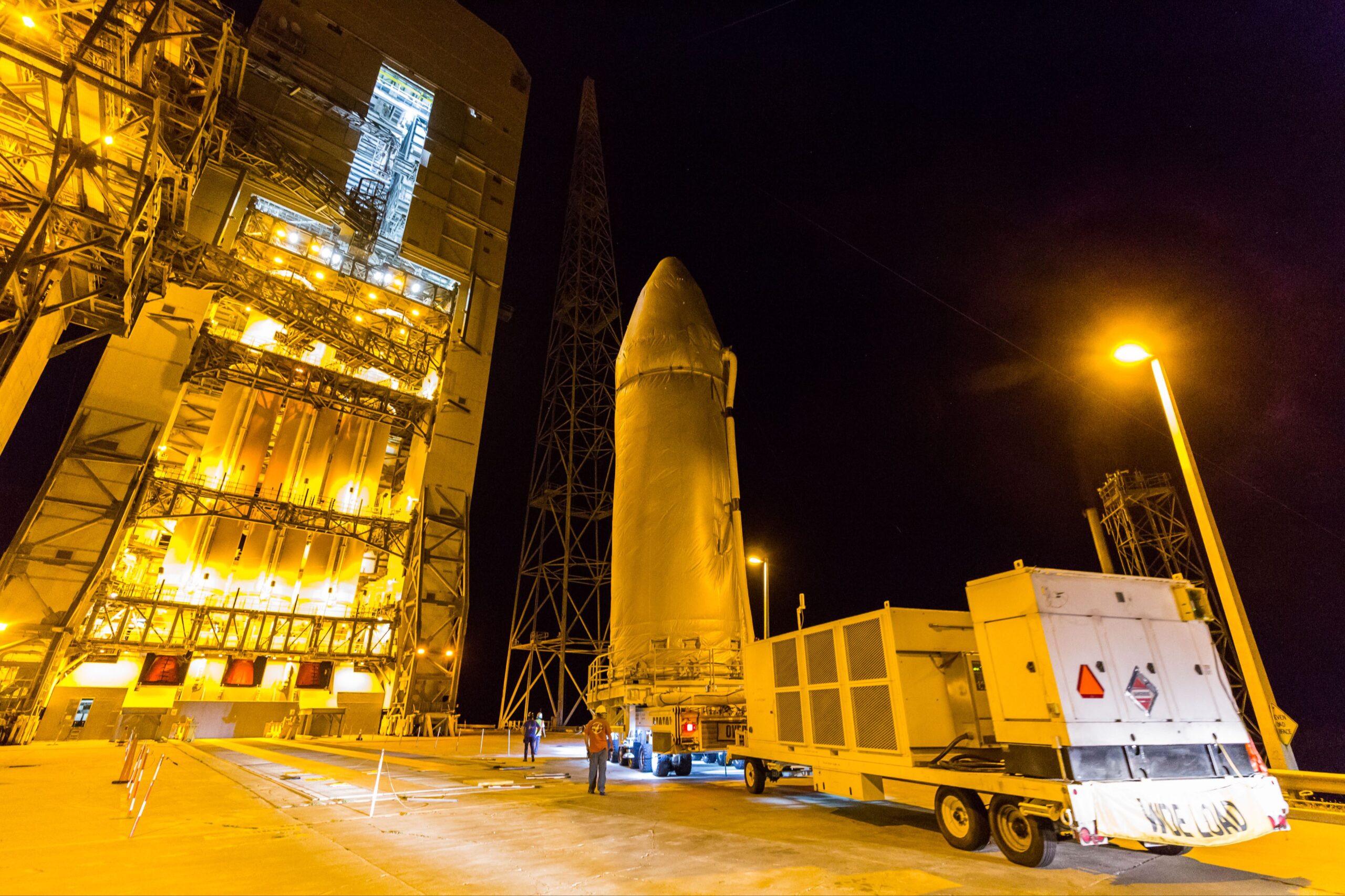
Although shrouded in secrecy, NROL-68’s mission patch features an infant dragon, “symbolizing”, noted the NRO, “the birth of new capability in space”. The hatchling, it was added, “has its mother watching over it as it sets its eyes on first flight”. Tantalizingly, the patch also includes the Latin legend “Nusquam Celare”, or “Nowhere to Hide”.
Delta IV Heavy hardware for NROL-68 began arriving at the Cape from ULA’s facilities in Decatur, Ala., in February 2022, with launch originally anticipated earlier this year. A targeted 20 April launch, however, was postponed when ULA teams discovered a flight valve that exhibited off-nominal behavior.
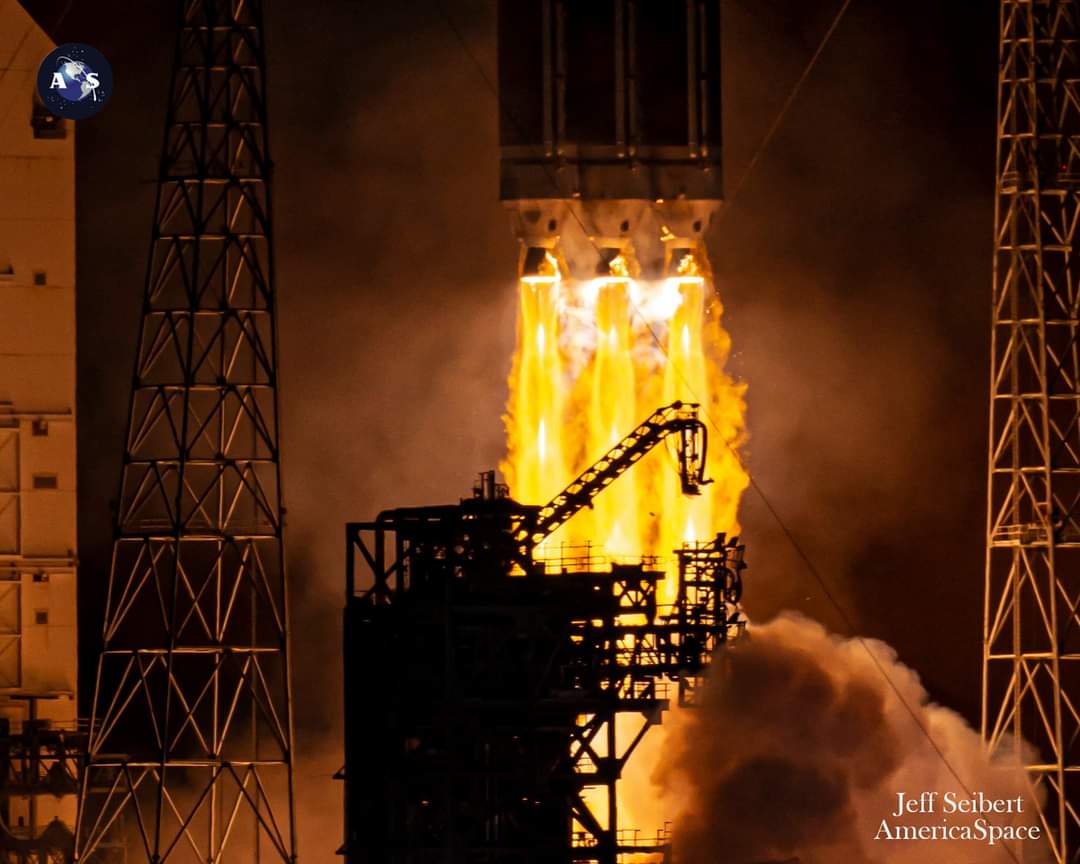
Last month, a No Earlier Than (NET) date of 21 June was co-ordinated with the Eastern Range, along with an expansive “launch window” from 3 a.m. EDT through 7:45 a.m. EDT. That window has since been narrowed to a precise T-0 point at 3:29 a.m. EDT.
This will be ULA’s first launch of 2023, halfway through the year. The maiden Cert-1 flight of the Vulcan-Centaur booster—which recently wrapped up a smooth Flight Readiness Firing (FRF) of the twin BE-4 engines of its core stage at the Cape’s SLC-41—is targeting launch in the third quarter, perhaps as soon as later this summer, carrying Astrobotic’s Peregrine lunar lander and 77 pounds (35 kilograms) of customer payloads to the Moon under NASA’s Commercial Lunar Payload Services (CLPS) program.
The first Atlas V mission of 2023 was intended to the long-awaited Crew Flight Test (CFT) of Boeing’s CST-100 Starliner, carrying NASA astronauts Barry “Butch” Wilmore and Suni Williams to the International Space Station (ISS). Originally scheduled to fly earlier this spring, the mission slipped until NET 21 July, but has since succumbed to additional delay. There remains a possibility that CFT may take place in August 2023, but sources indicate that November is a more likely NET date.
Three other Atlas V missions are provisionally penciled-in for the third and fourth quarters. A pair of Atlas Vs will deliver a 13,000-pound (6,000-kilogram) ViaSat-3 communications satellite to a high-energy Geostationary Transfer Orbit (GTO) and the Space Force’s USSF-51 payload, whilst another is assigned to the highly secretive NROL-107 “Silent Barker” mission for the National Reconnaissance Office.
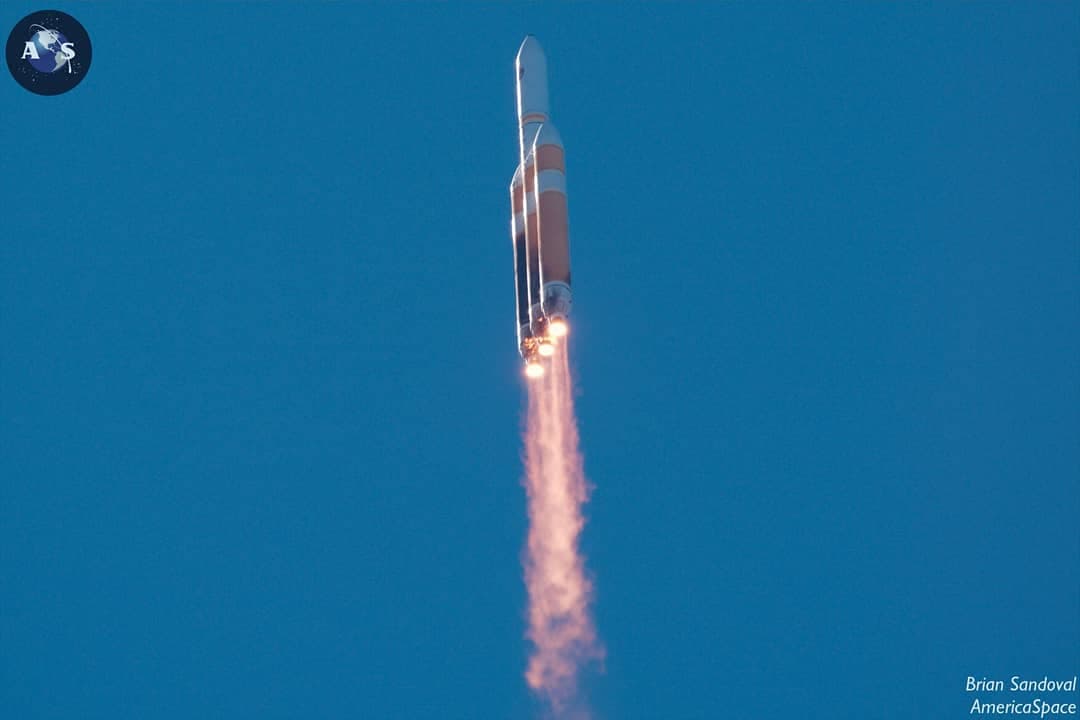
Built by Boeing, and with a communications payload provided by Carlsbad, Calif.-based ViaSat, Inc., the ViaSat-3 satellite will extend 144 feet (44 meters) between the tips of its solar array “wings” when it begins 15 years of operational service. It will provide over one terabit per second (Tbps) of network capacity to deliver a global broadband capability with enough bandwidth for affordable, high-quality internet and video-streaming services with an emphasis upon Europe, the Middle East and Africa (EMEA).
Contracts to launch ViaSat-3 EMEA were awarded to ULA in September 2018. Original plans called for the mission to fly in the 2020-2022 timeframe, but delays induced partly by the worldwide ravages of the COVID-19 coronavirus pandemic shifted its launch date further to the right, firstly to mid-2021 and eventually into the summer of 2023.
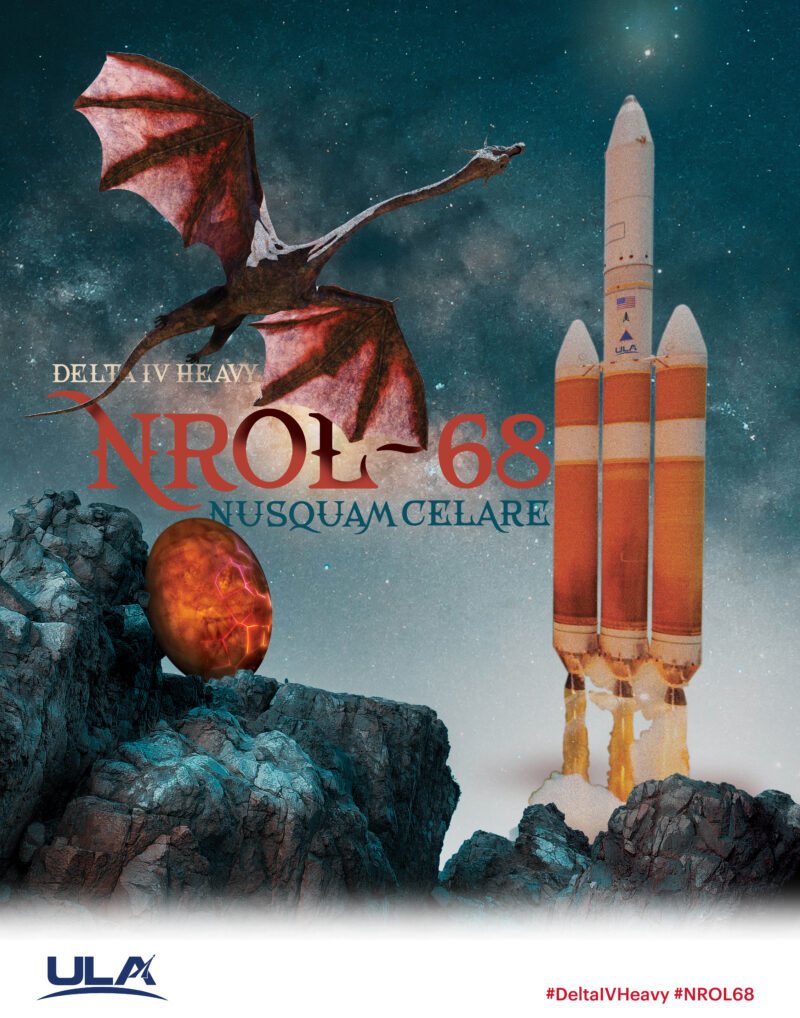
Elsewhere, contracts for NROL-107 were awarded by the SMC and the National Reconnaissance Office back in February 2019. The contract, which totaled $441.76 million, encompassed ULA launch services for three missions: the fifth and sixth geostationary elements of the Space-Based Infrared System (SBIRS GEO-5 and GEO-6)—which flew in May 2021 and August of last year, respectively—and NROL-107, which bears the curious name of “Silent Barker” and is thought to be a Situational Awareness satellite destined for emplacement into near-geostationary orbit.
Original plans called for NROL-107 to fly in Fiscal Year 2022, although last fall a delay until the end of 2023 appeared likely. According to the original contracts for USSF-51, awarded by the Air Force in August 2020, this flight—part of a $337 million, two-mission deal with ULA—has also slipped substantially from its initial placeholder of the second quarter of Fiscal Year 2022 to the third quarter of 2023.




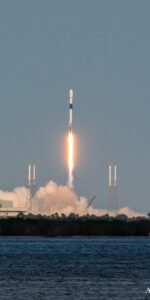
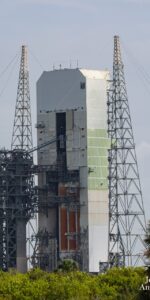
2 Comments
2 Pings & Trackbacks
Pingback:ULA "Go" for the NROL-68 start on Wednesday before dawn
Pingback:ULA Scrubs NROL-68 Launch, Realigns for Thursday - AmericaSpace